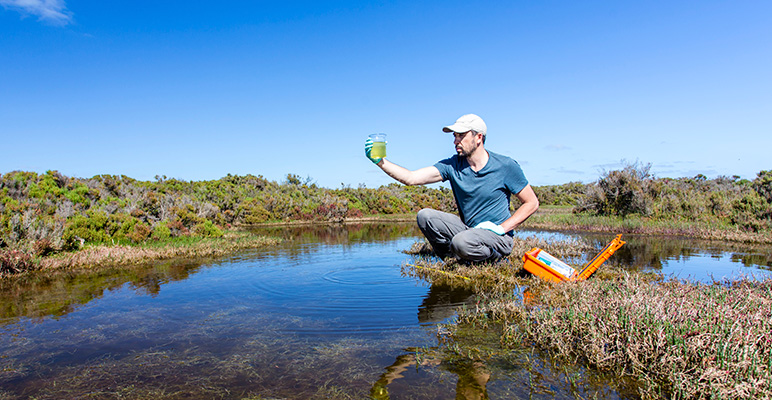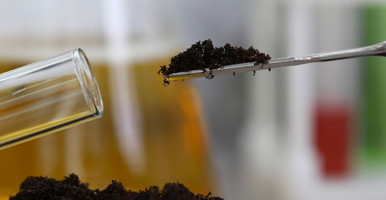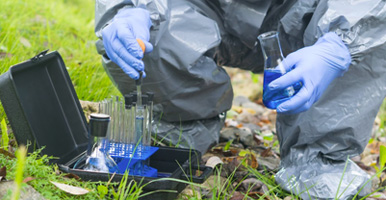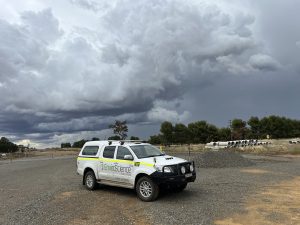Naturally Occurring Asbestos Air Monitoring (NOA)
Asbestos is a commercial term, but in reality, all asbestos comes from nature. The term ‘naturally occurring asbestos’ (NOA) refers to fine fibrous minerals of the serpentine and amphibole groups that occur in rocks or soil.
These materials may be disrupted by weathering or human activities such as construction, agriculture, forestry, mining, and urban development, causing the fine fibres to disperse into the air, posing potential health hazards when inhaled.
Testing a suspected area for naturally occurring asbestos as soon as possible is imperative to ensure the safety of those at risk.




























